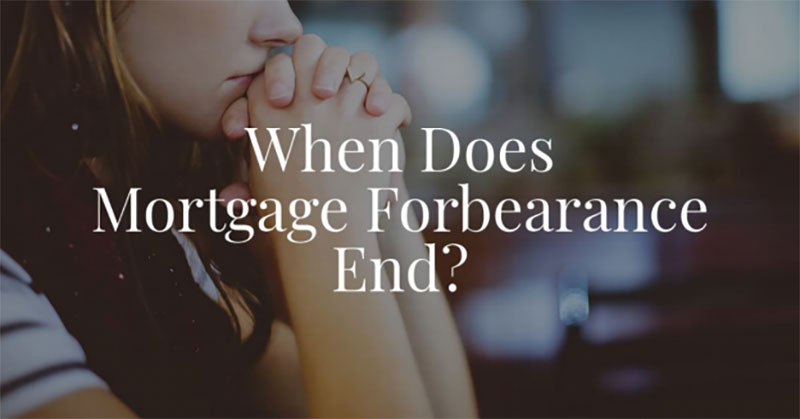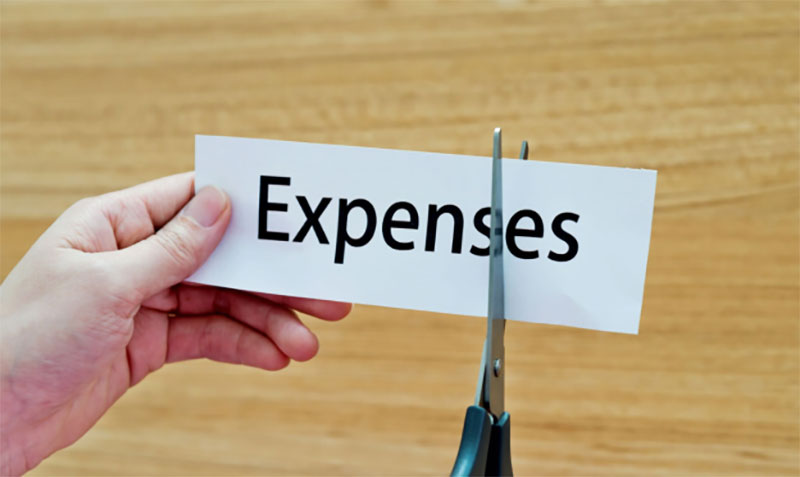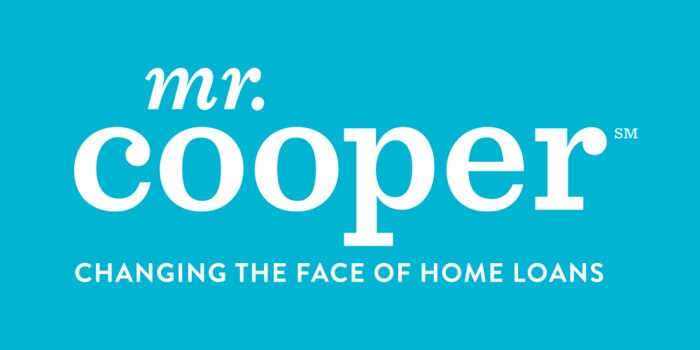Are you feeling overwhelmed by the imminent end of your mortgage forbearance period? You’re not alone! In these uncertain economic times, many struggle to make ends meet and navigate their finances. Fortunately, it’s possible to keep control over your financial future after loan forbearance ends, even with limited resources.
This article is designed to help you understand the options for managing your post-forbearance mortgage payments and how best to protect yourself in the long run. Keep reading for tips on developing an effective repayment plan when forbearance expires and advice to help get through this difficult transition and reclaim financial security again.
Understanding your current mortgage status and what is expected of you moving forward
When your mortgage forbearance period ends, it’s important to understand your current loan status. Your lender will provide you a statement detailing the total amount of missed payments and any additional fees that have been added on top. You should also know the payment schedule for making up those missed payments and how much is owed each month. This information may differ depending on whether you are entering an extended forbearance period or returning to normal repayment plans.
In addition, you’ll want to double-check any changes in interest rates and fees due to the forbearance, as well as potential penalties or late fees for not meeting the new payment requirements by their specified deadlines. It’s also a good idea to research any options your lender may have available to help you manage your mortgage payments in the future. For example, many lenders offer loan modification programs that can reduce the amount due per month or lower the interest rate on your loan.
When does mortgage forbearance end?

This depends on the terms of your loan and the agreement with your lender. Your lender will likely provide a timeline for when payments are due after forbearance ends and what to do if you can’t make them by those dates.
It may be tempting to ignore or avoid discussing the future of your mortgage post-forbearance period, but it’s important to stay informed and proactive to protect yourself financially. Reach out to your lender soon if you have questions about how to best manage your post-forbearance repayments so that they can provide clarity and assistance. Above all, remain confident and remember that sound financial planning now can help ensure success in the long run!
Forbearance end dates
At the end of a forbearance period, paying attention to the deadlines associated with any payments you may be required to make is important. Depending on your loan and lender, there are different options for when these payments need to be made.
Sometimes, lenders may require all missed payments due during forbearance to be paid immediately after the forbearance ends. In other cases, they may set up an extended repayment plan that allows you to gradually catch up on your missed payments while maintaining a regular monthly payment schedule. If this is the case for your loan, you will be responsible for making both current and past-due payments until your full balance is paid off. Look into any fees or penalties associated with late payments, as these can add up quickly.
Options after forbearance
Once your forbearance period ends, consider other options for managing your mortgage payments. It’s important to research the available options and choose the best for your financial situation.
You can look into refinancing your loan with a new lender or modifying the terms of your existing loan with a loan modification program offered by your current lender. Loan modifications can lower interest rates, reduce the amount due each month, extend repayment timelines, and offer other benefits. However, remember that if you choose this option, you must qualify under the lender's terms and conditions.
Another option is forbearance repayment plans. This option allows borrowers to make regular payments on their loans while making additional payments toward any missed payments from the forbearance period. To qualify for this option, borrowers must also demonstrate an ability to make regular payments on time and in full.
Refinance after forbearance
If you’re considering refinancing your loan after forbearance, remember that this can be lengthy and may have significant costs. You'll likely need to provide income and credit history documentation and pay closing costs and other fees.
To ensure the interest rate is competitive, shop around and compare options from different lenders. Also, consider if additional features benefit long-term savings, such as no origination, application fees, or flexible repayment terms.
Forbearance extensions
If your financial situation has not improved, you may also be eligible for a forbearance extension. This option allows you to extend your existing forbearance period by three additional months. However, the total amount due must still be paid within this new timeline.
Use online resources to learn more about forbearance
The internet can be a great resource for navigating post-forbearance mortgage payments. There are many online calculators and tools available that can help you determine your best options moving forward. Additionally, websites like the Consumer Financial Protection Bureau provide helpful information on loan terms and repayment plans after forbearance ends.
Cut back on unnecessary expenses to keep up with payments

Finally, if you’re struggling to keep up with payments after forbearance ends, it can be helpful to take a look at your budget and cut out any expenses that aren’t essential. This may help free up some extra money so you can make timely payments on your mortgage.
By understanding the details of your loan status after forbearance ends and researching options for managing payments, you can protect yourself financially and develop an effective repayment plan. Remain vigilant and stay informed to ensure success in the long run!
FAQs
Q: How can I stay on top of my mortgage payments after forbearance ends?
A: The first step is to contact your lender and discuss the situation. Explain your financial circumstances and explore options for loan repayment, including possible extensions or lowering existing payment amounts. It may also be useful to consult a financial advisor who can guide budgeting and saving strategies that fit your current income. Additionally, you can look into refinancing options that help lower monthly payments or extend the loan term.
Q: Are there any other steps I should take to protect myself during this time?
A: Yes! Develop a budget and track expenses to better understand where money is spent each month. This will help you identify areas of potential savings and make informed decisions about future spending. Additionally, consider setting aside an emergency fund to help cover unexpected expenses or disruptions in income. Finally, staying current on all other bills, including credit cards and utilities, is important.
Q: What should I do if I can’t pay my mortgage?
A: If you cannot make payments, contact your lender immediately. The sooner you communicate a plan for repayment or ask for assistance, the more options may be available to you. You can also look into government programs that offer relief for those facing financial hardship, such as loan modifications or forbearance extensions.
Conclusion
Navigating post-forbearance mortgage payments can be an overwhelming process. By understanding your options, creating a budget, and staying in contact with lenders, you can remain proactive and take control of your financial future. Utilize the advice in this article to help guide you through the repayment process and secure your financial stability after forbearance ends.



